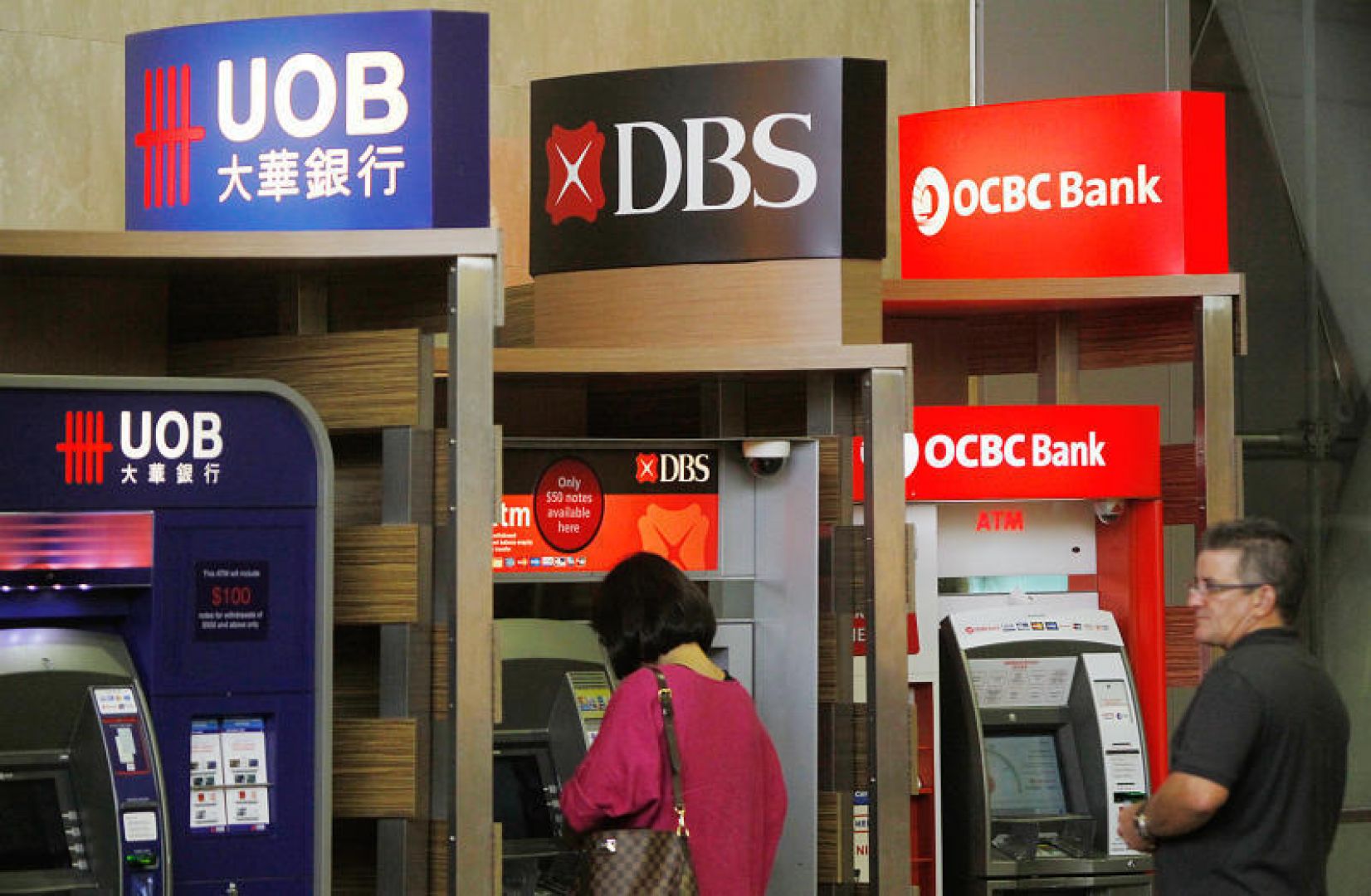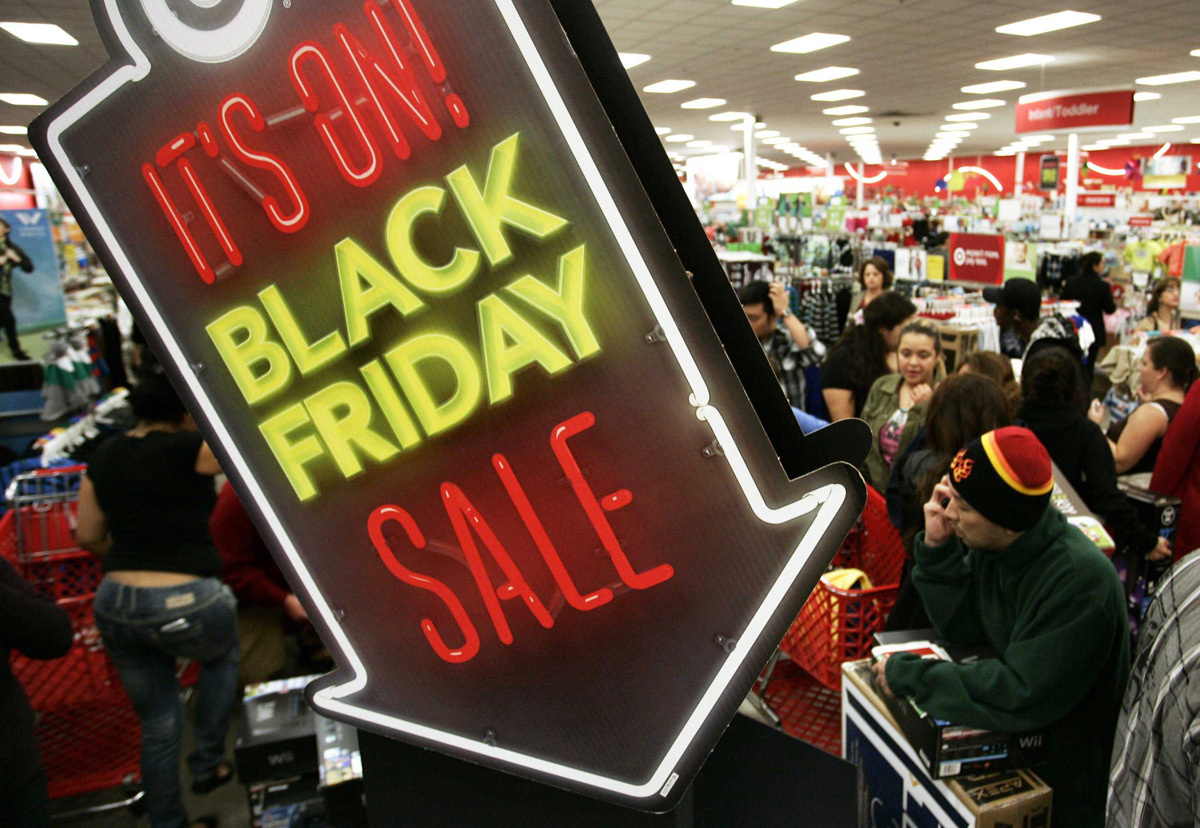Market Research
-
Razer Earns $34m Profit In The First Half Of The Year As Revenue Soars
Razer, the Singapore-based gaming giant, announced that its first-half revenue was at an all-time high. The company’s hardware and fintech offerings continuous growth contributed to the result. According to Razer, the total revenue rose by 68% to…
-

Airbnb vs Tujia: Who is Winning the Home Sharing Competition in China
Since home-sharing options have been available, hotels are no longer the only accommodation game when we go traveling across the world. And when it comes to the home-sharing option, I’m sure for most, the first…
-

DBS, Bank Of Singapore Seize Opportunities For More Acquisitions In Asian Wealth Mission
Singapore banks are scaling up with DBS Group Holdings Ltd and .Bank of Singapore, Asia’s largest home-grown private bank among those in the lead as they are considering for more acquisitions.
-

Black Friday Sales Mark All-Time-High With Mobile Revenue Exceeding US$1 Billion
US shoppers went all out on the festivity as Black Friday shopping has yet again surpassed its own milestone with an Adobe report tracking US$3.34 billion from the holiday sales.





